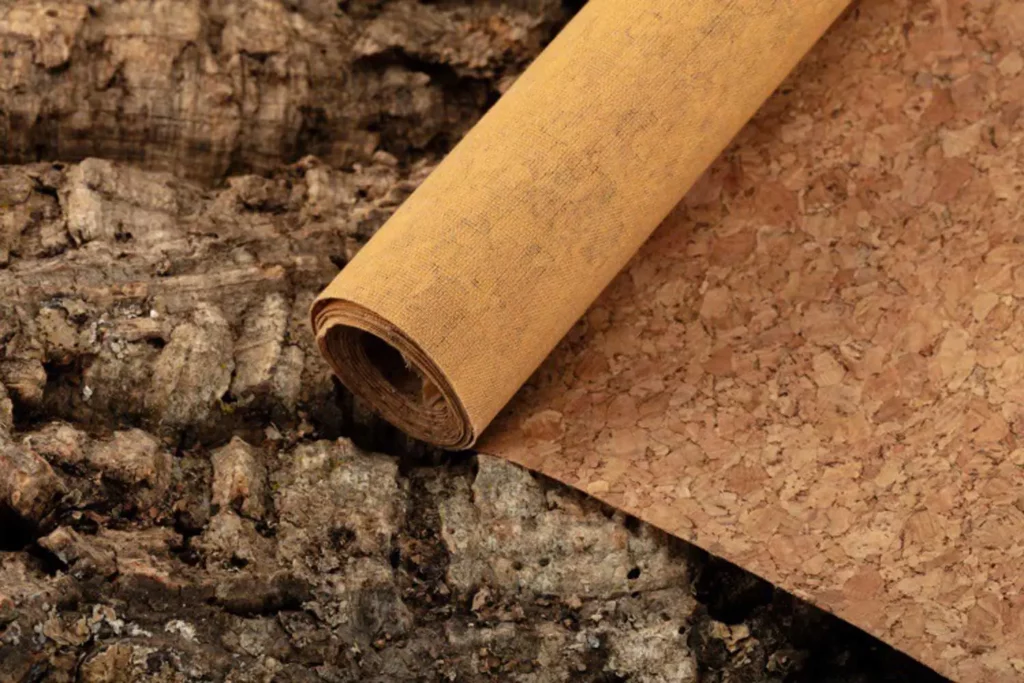
Your packaging sends a very powerful message. It’s your first impression, communicating your brand, your values and what sets you apart in the marketplace. The conversation around sustainability and the environment has changed significantly in the last few years. As more and more people think about their impact on the environment and how they can reduce it, ideas such as low-waste living and recycling have really moved into the mainstream. Sustainable packaging will make your brand stand out from the crowd of competitors.
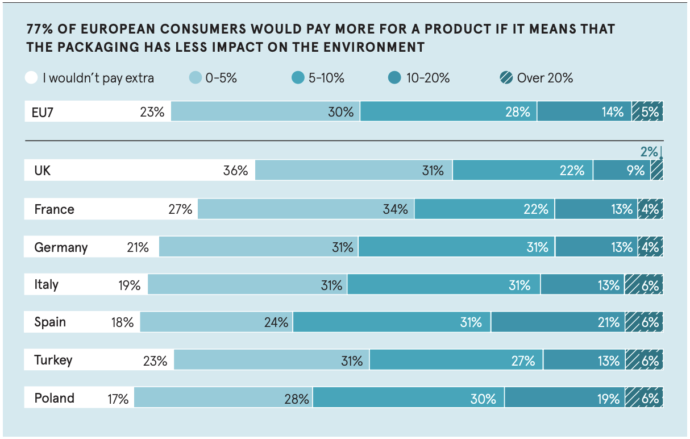
Take the beauty industry, for example. Cosmetics, hair, and skincare products create a lot of plastic packaging waste. Typical containers used to store eye shadow, mascara, lipstick, foundation, pump bottles of lotion, and shampoo are nearly impossible to empty. Most are thrown away, with one-fifth of the product still inside. Cosmetic packaging may even be harder to recycle than food packaging because it often contains multiple types of materials that need to be separated before they can be recycled – and often they don’t.
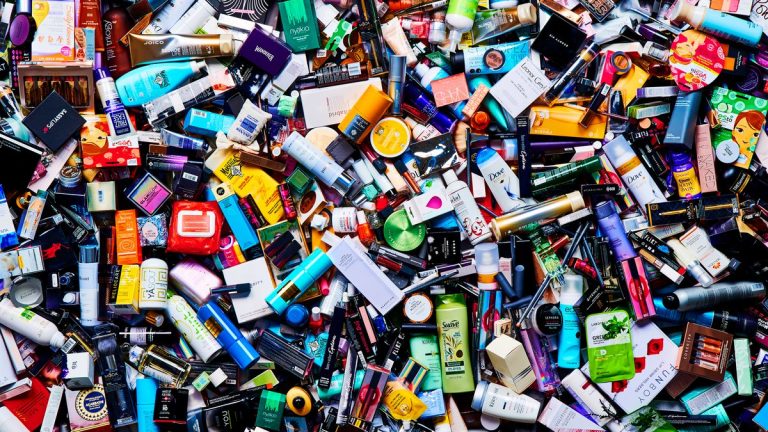
According to Zero Waste Week, the global cosmetics industry produces 120 billion pieces of packaging each year, most of which is plastic – and to make matters worse, it’s nearly impossible to recycle the packaging of all kinds. As a result, disposal of these containers accounts for 70 percent of the entire industry’s carbon footprint. in 2018, nearly 7.9 billion pieces of rigid plastic were produced in the United States alone for beauty and personal care products alone.
The problem is about to get worse, with the global cosmetics market-creating approximately $341.1 billion in 2020 and expected to grow to $56.5 billion by 2030, according to the precedence research report. Clearly, this is a source of plastic pollution that needs to be addressed.
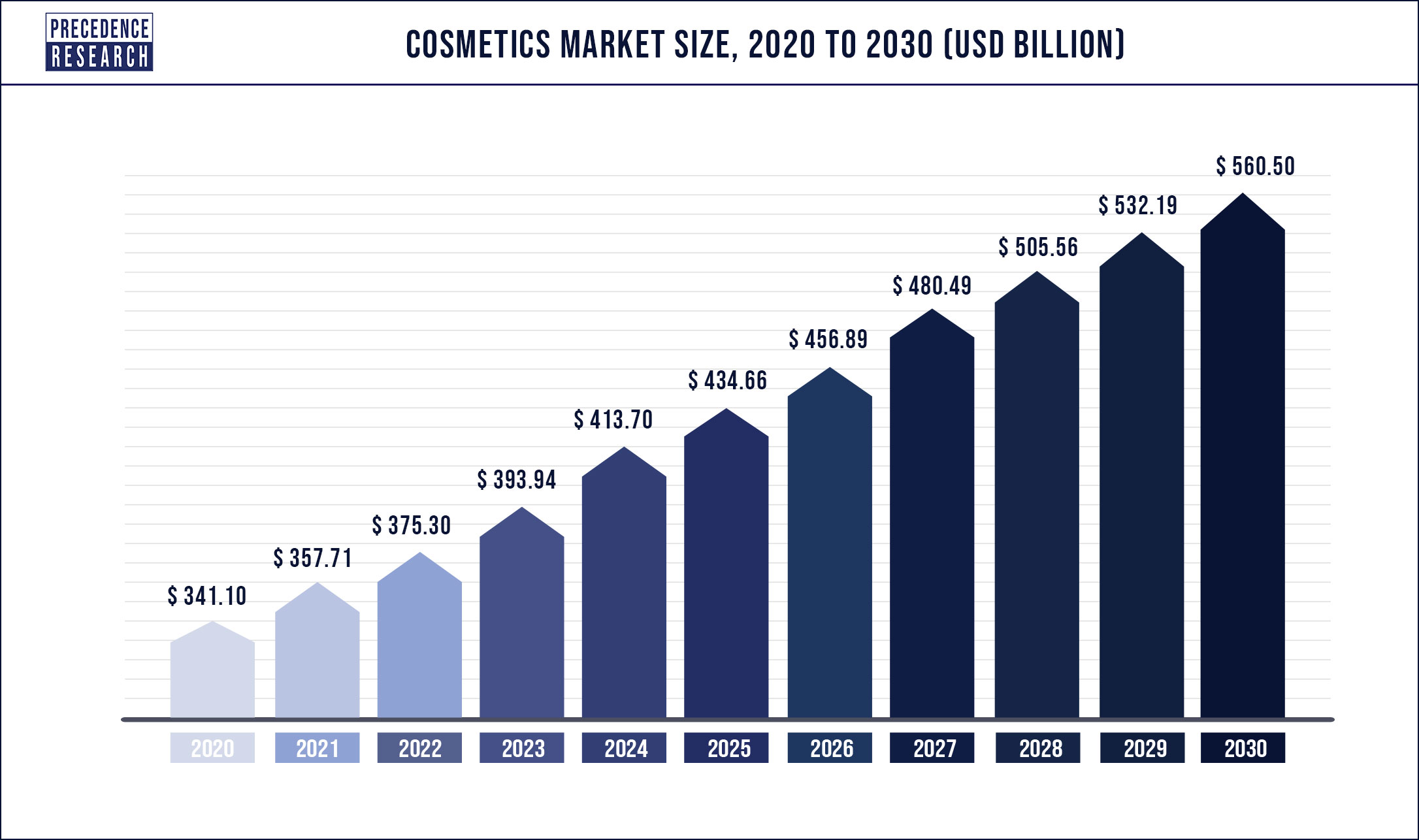
In essence, sustainable living doesn’t have to be complicated. To make it easier to go green, we recommend sticking to a simple golden rule: do your best to avoid anything that can’t be reused, recycled, or replaced. In many cases, this can be as simple as avoiding anything that contains plastic.
You may ask, don’t many corporate organizations recycle plastic? Unfortunately, most plastics do not break down. Instead, they are thrown into landfills or the ocean, where they remain forever, harming the environment and marine life. Worse, plastics in the ocean and soil degrade over time, leaving behind microplastics that can damage soil quality and pollute waterways.
According to a report by the U.S. Environmental Protection Agency, only 9.5 % of the plastic brought into the waste stream was recycled in 2014. In comparison, 15 % was incinerated for energy and the rest (75.5 %) went to landfills.
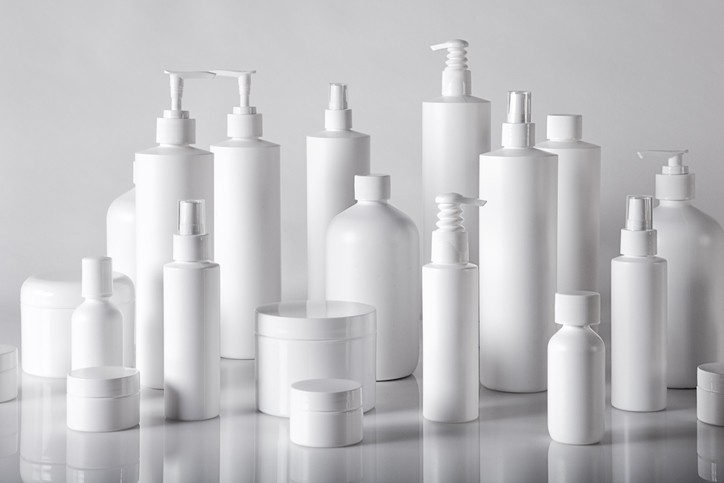
Secondly, governments around the world are constantly amending their regulations on cosmetic packaging, and sustainable packaging is the future.
Italian Decree No. 116 of September 3, 2020, in force since September 26, 2020, makes the use of “environmental labels” mandatory for all Italian packaging, including cosmetics. The aim is to prevent and reduce the environmental impact of packaging and packaging waste while ensuring a high level of environmental protection.
The AGEC law was published in France on February 11, 2020, and became applicable in several areas as early as January 2021. It is spread over 5 main areas until 2040.
1. getting rid of single-use plastics
2. Better consumer information
3. Fight against waste and solidarity-based re-employment
4. Fight against programmed obsolescence
5. Better production
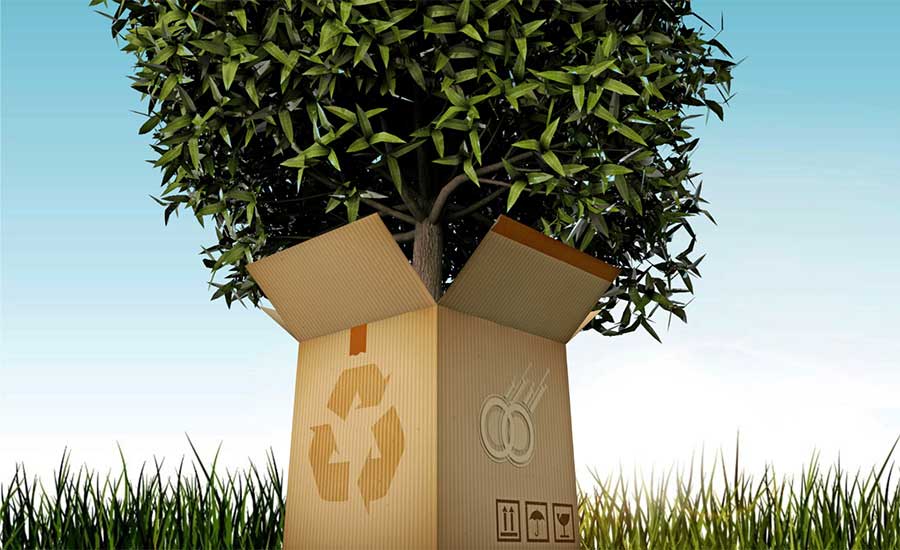
Furthermore, according to Brandessence Market Research, the market for “clean” beauty products is expected to increase to $11.6 billion by 2027, growing at a CAGR of 12.07% from 2020 onwards.
As a result, numerous brands have already embarked on sustainable packaging initiatives.
Chanel uses molded pulp made from bamboo and bagasse (sugar cane waste) fibers from Knoll Packaging and now uses caps made from bio-compounds from Sulapac (90% bio-based materials, 10% of which are products derived from Camellia sinensis) for the new Chanel n°1 collection.
L’Oréal has pledged that “by 2025, all its plastic packaging will be rechargeable, refillable, recyclable or compostable”.
Unilever has pledged to “ensure that all its plastic packaging is reusable, recyclable or compostable by 2025”.
Estée Lauder is committed to ensuring that 75-100% of its packaging will be recyclable, refillable, reusable, recycled or compostable by 2025. To achieve this goal, they are increasing the amount of post-consumer recycled material (PCR) in their packaging by up to 50%.
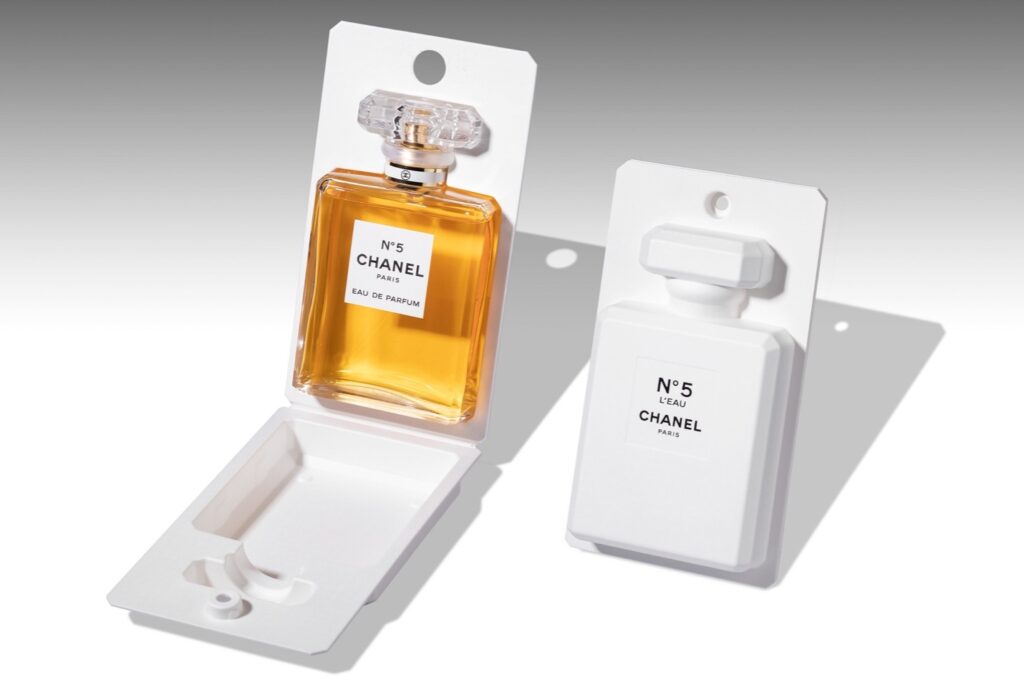
Not only do cosmetic brands need to adopt sustainable practices such as biodegradable packaging and organic ingredients, but they also need to be open about their efforts and help educate consumers on how to care for their packaging after use to make a real long-term impact on the sustainability agenda.
This is an opportunity to improve the brand experience, innovate new products and services, and gain a competitive advantage and stand out among consumers.
What is sustainable packaging?
Before we do, it’s important to understand what sustainable packaging is. Sustainable packaging has a lower environmental impact than traditional options. It sounds simple enough. After all, sustainability can cover the entire packaging lifecycle impact, from resource extraction to creation, to use (and reuse) and recycling or disposal.
Sustainability also includes economic and social factors. This is because even if the packaging is environmentally safe, it may not be financially viable for the company, which means its use is not sustainable. More importantly, some environmentally friendly packaging creations may have social impacts, such as growing raw materials for bioplastics by diverting land used to grow food or clearing large tracts of rainforest.
The 3 rules of sustainable packaging
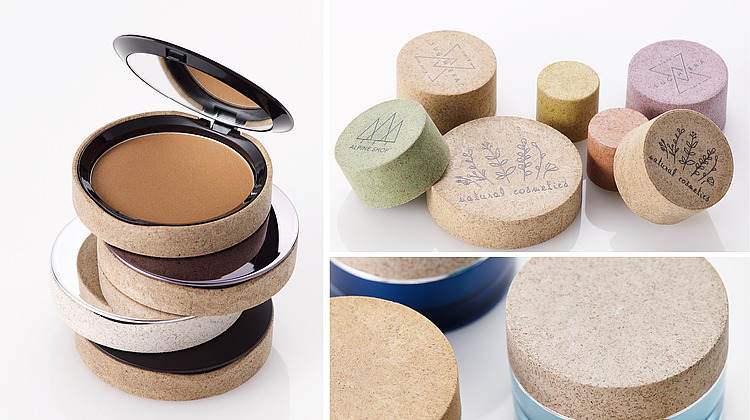
For the above requirements, cork, a sustainable, 100% recyclable, 100% reusable natural material, is the perfect solution.
What is cork
Cork offers a renewable way forward: it is natural and naturally biodegradable. Harvested from the bark of an oak tree called Quercus suber, cork is harvested without harming the tree, just as sheep are harvested every nine years, and it takes 25 to 30 years for a cork oak tree to reach a harvestable state.
Harvesting cork allows the tree to recreate its bark, thus using photosynthesis and carbon dioxide in the air to help reduce greenhouse gases and combat climate change.
Portugal’s cork forests are among the world’s 35 most important ecosystems, and these forests help reduce greenhouse gases by retaining up to 14 million tons of carbon dioxide each year. More than 200 species of animals and 135 species of plants find ideal living conditions in cork oak forests, and more than 100,000 people depend directly or indirectly on these forests. Cork harvesting is the highest-paying agricultural job in the world.
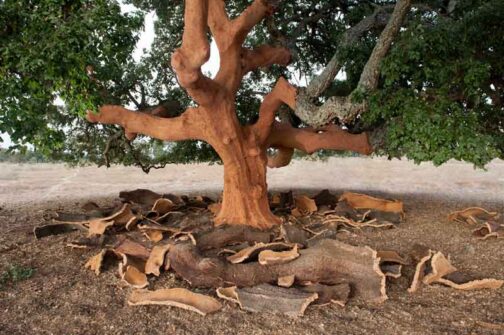
Properties of cork
Cork cells have a unique honeycomb structure, which means it consists mainly of empty spaces. It can store large amounts of air, so cork is very light. A cubic centimeter of cork contains nearly 40 million air-filled cells, like layer after layer of microscopic bubble wrap. Because of the presence of cork and wax in its cellular composition (which resists microbial attack), cork is completely impermeable to liquids and practically impermeable to gases, which is why it has been the sealing stopper for wines for so many years.
The composition of the cork makes it an effective insulator – both against temperature and noise, and as a cushion to protect the contents. It is also extremely resilient, as it can be pressed to 40% of its volume and still return to its original size when released. Another great aspect is its fire resistance, where flames only scorch the surface and do not produce toxic fumes, a great hygienic value that makes it appreciated in many creative industries.
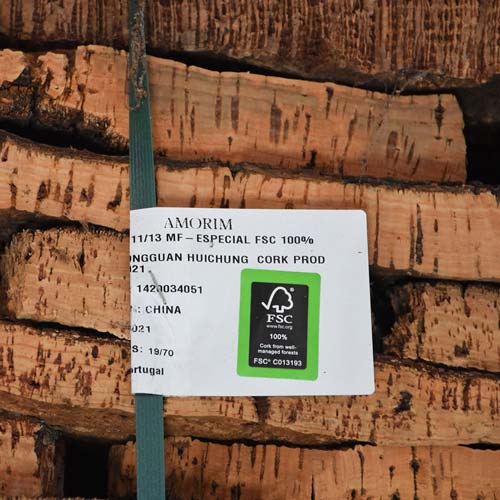
These excellent elements allow it to be the perfect solution for a sustainable packaging design for a wide range of products.
EnergyBalance is a Swiss manufacturer specializing in healthy and natural food products that offer high quality, hypoallergenic and safe to use products. created Biork Crystal Deodorant, a sustainable rolling plastic-free deodorant with a container made of cork that also serves as a protective layer for the crystal. Cork is a renewable resource and is recommended by the Nature Conservancy. Just one natural cork absorbs 8 grams of the greenhouse gas CO2. in addition, cork helps to protect one of the most biodiverse habitats in Portugal. biork is beautifully formulated and packaged, certified by Flustix (a consumer label guaranteeing that the product is free of plastic) and certified by Cosmos Natural Cosmetics, an environmental product standard.
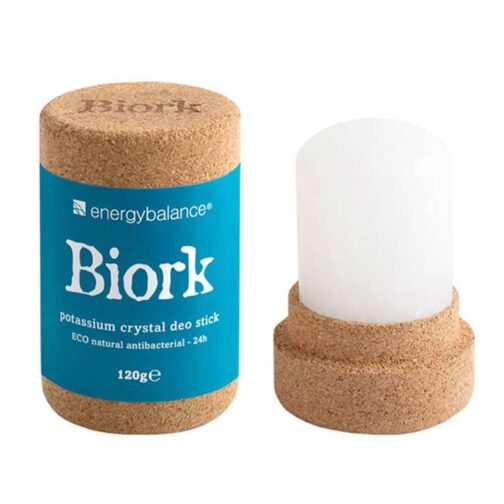
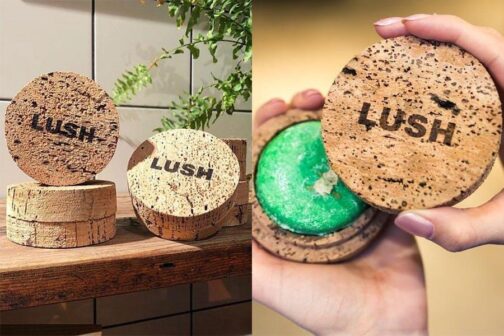
Lush, a British natural foods company, has launched its first carbon-neutral certification for its carbon-positive packaging-cork jars made from biodegradable cork. The certification confirms that each 35 gram cork tin can sequester more than 33 times its weight in CO2, removing approximately 1.2 kilograms of CO2 equivalent from the atmosphere. The first solid shampoo bars contain powerful natural ingredients and essential oils that provide 80 to 100 washes per bar. cork Pots help keep the interior dry and transport easily, a carrier shampoo carriers have dreamed of for years. The cork naturally wicks away moisture and drains easily, meaning shampoo bars are more enjoyable to use and last longer. lush now buys around 35,000 pots a year from Cork Connections, a division of eco-intervention, with plans to increase this to 500,000 pots within a year.
American sustainable brand, Principle Beauty, has created an eye makeup palette with cork as the outer packaging. According to founder JEN PRESSLEY: Cork is a fast renewable resource that doesn’t harm trees, is antibacterial, durable and compostable in the backyard, making it the ultimate choice for true sustainability.
The cork block used for the palette is also used for countertops and worktops. It is third-party tested, evaluated as a 100% bio-based material and is fully compostable. Although it is made from 100% recycled cork material, it is strong enough for countertops and commercial food service areas. It is perfect for use with the Principle palette.
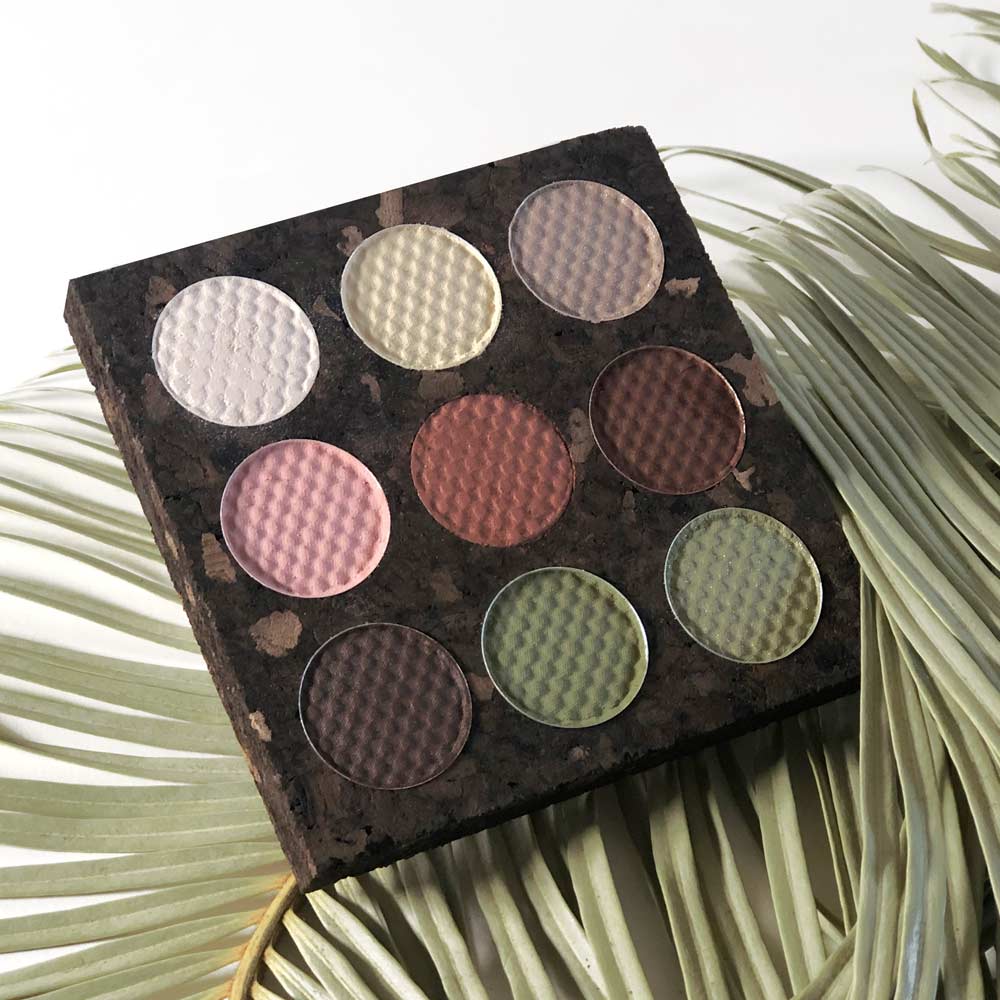
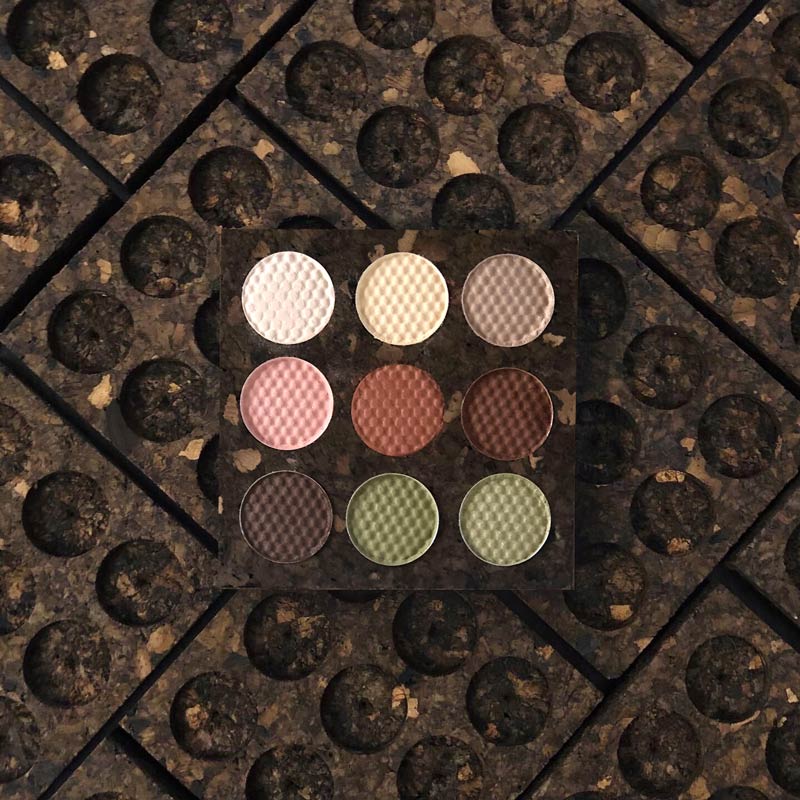
From the original wine bottle cork, we now see cork packaging for wine bottle design, food packaging, wine labels, cosmetic packaging and more. In a world where environmentally friendly packaging solutions are needed, a versatile material like cork is the perfect choice. Packaging made from cork, a completely natural material, also sends a powerful message to the target audience – visible and natural.
There are countless ways to use cork. Cork material may be an unconventional method, but it is 100% environmentally friendly. It offers creative freedom to product designers, packaging designers and innovators. You can use this material for your food packaging, wine label design or box design. However, it is easy to attract the attention of your customers.
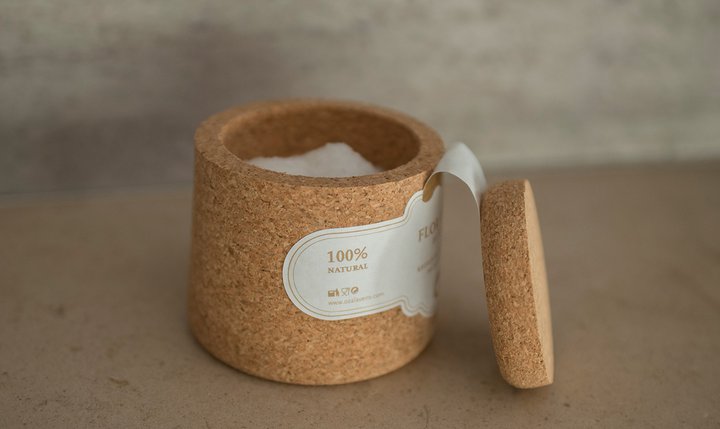
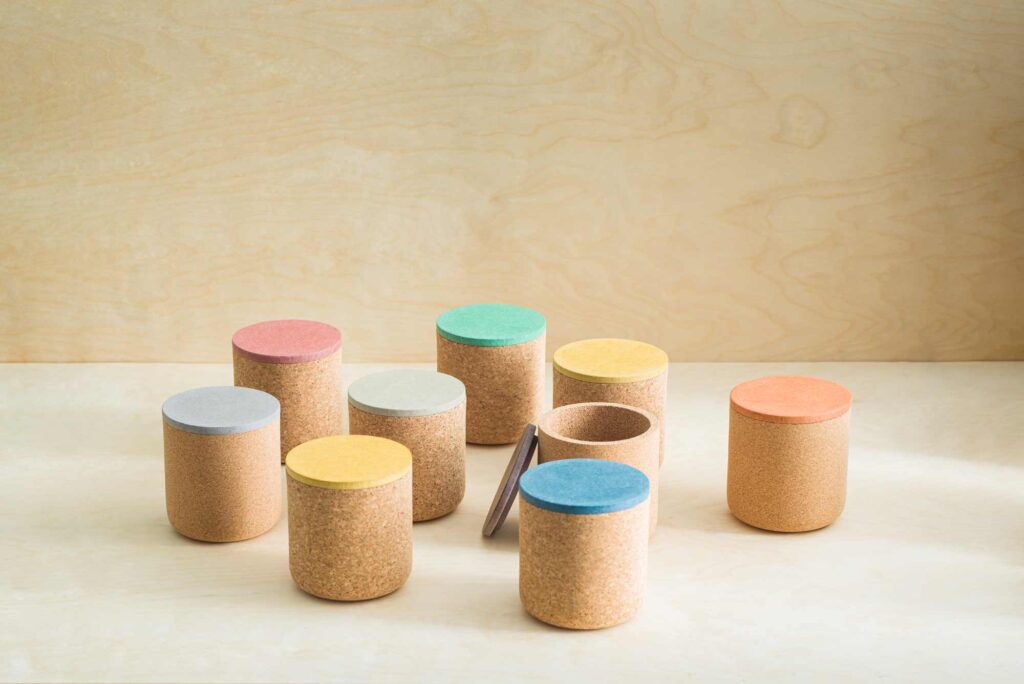
Based on the many outstanding properties of cork, the cork can be made into cork fabrics, cork sports products, cork bags, etc., which are considered one of the best alternatives to leather.
Choose the right cork products to promote your low carbon sustainable project.

To save you time, we have also prepared PDF versions of all product catalogs
Download all products as a PDF
Download all products as a PDF
To save you time, we have also prepared PDF versions of all product catalogs, only leave your email and you will get the download link immediately.
Contact us to get a free quote and more expertise about cork fabric. Your project will meet a right solution with HZCORK.
